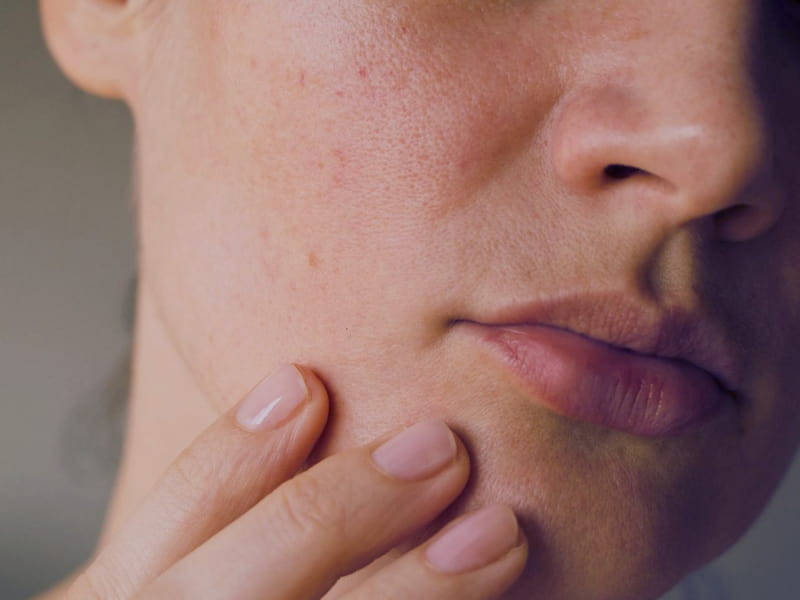Dry vs. Dehydrated Skin - Diagnose and Tips to take care of it
Skincare

Although they’re often confused as the same thing, dehydrated skin and dry skin are very different skin concerns and they should be managed with specific skin care routines and lifestyle choices to achieve the best results and a glowing skin.
The main difference between dry and dehydrated is that, while dehydrated skin lacks water and is a temporary skin condition, dry skin is a skin type due to a genetic lack of production of natural oils.
Dry Skin
Dry Skin is caused by the lack of oil on the stratum corneum, the skin’s outer layer. This is due to the skin producing fewer natural oils, called sebum, than other skin types.
The skin needs a healthy balance of sebum, and this helps lock in moisture into the skin to keep it healthy, soft, and smooth. So, when the skin produces less oil, it compromises its capacity to hold onto moisture and the skin barrier is more susceptible to damage and sensitivity.
Signs of Dry Skin: skin feels rough or itchy, flakyness, redness and irritation, skin tightness, small and fine wrinkles, thin and fragile skin
Dehydrated Skin
As mentioned before, dehydrated skin is a skin condition and not a skin type, so it is temporary. While dry skin lacks oil, dehydrated skin lacks water and this can happen even to the most oily skin types.
Dehydration can be caused by external factors such as the weather and lifestyle choices like smoking, drinking too much alcohol and not drinking enough water.
Signs of Dehydrated Skin: skin feels tight and uncomfortable even after applying a moisturizer, redness, congestion, breakouts, oily and shiny complexion, inflammation, pronounced fine lines and wrinkles.
So how can you tell the difference and diagnose your skin?
A good test is to pinch your cheek – if it wrinkes with gentle pressure instead of holding its shape, your skin cells are lacking water so, it is dehydrated. Also, when you have dehydrated skin, it feels tight, looks dull and wrinkles may appear and be more exaggerated, along with the presence of dark circles under your eyes.
After diagnosing your skin, it is important to understand the best way to manage and treat your skin daily.
Top tips for Dry Skin
Dry skin needs lipid-rich products to build and restore the skin's natural barrier. The skin’s lipid barrier helps lock in moisture and keep irritants out. Lipid-rich products help restore this barrier and control dryness.
Ingredients to look for: phytoactives (plant oils like jojoba, avocado and rosehip), shea butter, ceramides.
Top Gamila Products for Dry Skin:
- Face Oils - Lavender and Wild Rose
- Creamy Vanilla Cleansing Bar
- Lavender Heaven Cleansing Bar
- Wild Rose Cleansing Bar
- Hand Cream
- Foot Balm
Top tips for Dehydrated skin
Dehydrated skin needs water-rich products to build in hydration. Dehydration can send the skin into overdrive to protect itself, resulting in tightness, oiliness, and breakouts. Water-rich products can help balance the skin.
But to treat dehydrated skin it is not enough to apply the best skin care products. To achieve the best results, there are some lifestyle changes that need to happen such as eating more water-rich foods and reduce salt consumption because it dehydrates the skin. It is also important to increase water intake, at least 2 liters a day, and reduce alcohol comsumption.
Ingredients to look for: hyaluronic acid, cucumber, algae.
Top Gamila Products for Dehydrated Skin:
In this case, you should look for the most suitable products for your skin type and make the necessary changes to your lifestyle. You should, if necessary, find a good hyaluronic acid-based treatment serum to complement your natural skin routine.
If you want to know more skin care tips, visit our blog here and follow us on Instagram for daily updates!


